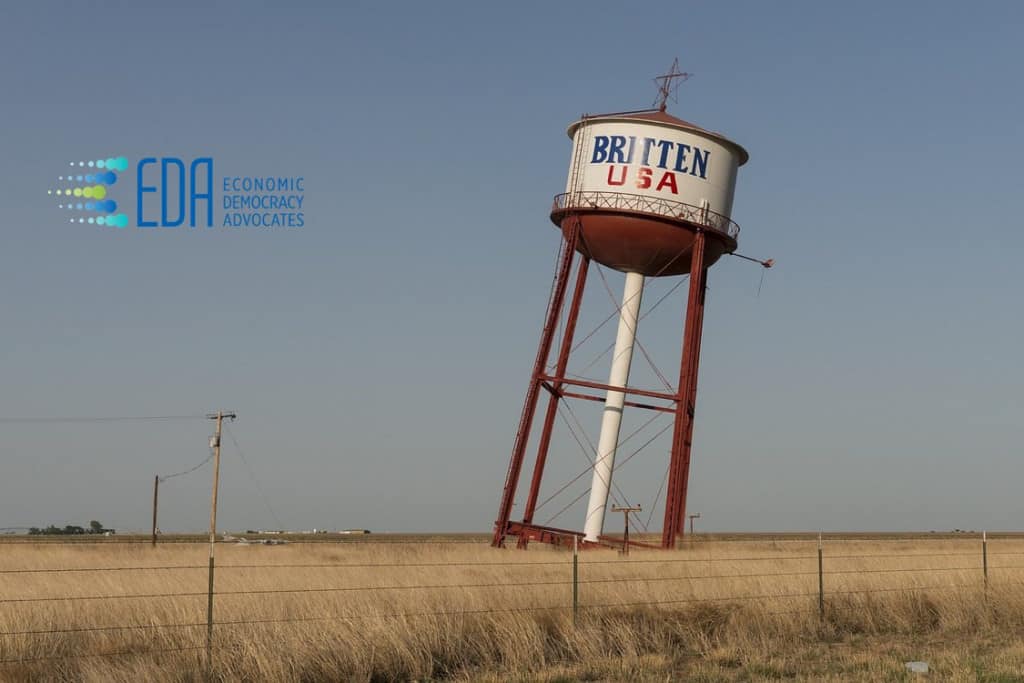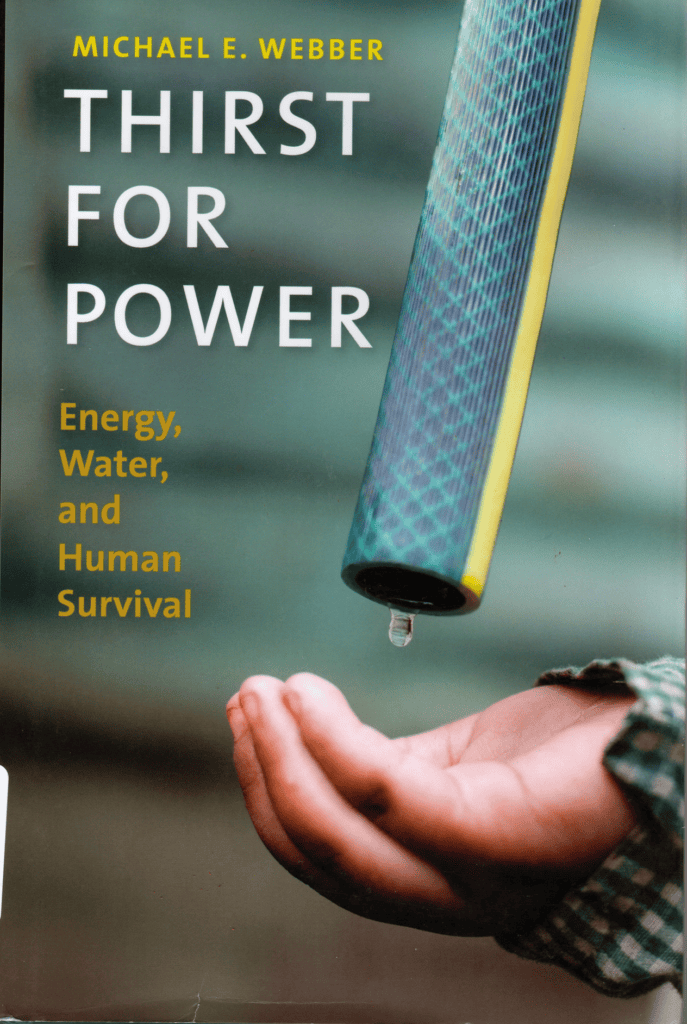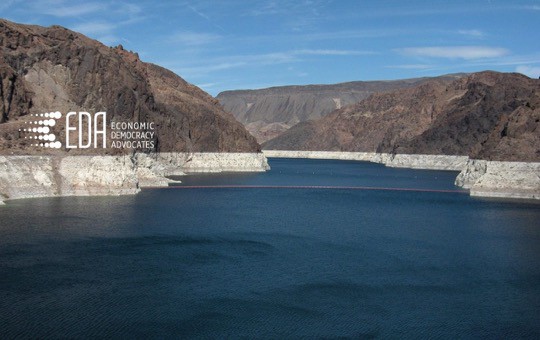Trump strongholds would be hit hardest by his plans to reduce funds for small-town water systems and ease rules on polluters.
Our recent blog posts have had two themes: the proposed cuts in Environmental Protection Agency (EPA) funding; and the celebration of the United Nation’s World Water Day. Both of these themes have had a focus on the future of water as a Common resource. We saw in a previous post, that the history of the issues that the EPA had solved since it was formed have been substantial. With the possibility of an impending reduction in the role of the EPA in the country, there will undoubtedly be ramifications that will impact tens of millions of lives immediately, and an untold number of lives in future generations.
One of the ironies in the planned reduction in EPA investment will be that rural communities will be hit extremely harshly. Like the recommendations to the Obama Care that were proposed which severely impacted the largest constituency that bought the President into office, the fallout of the reduction of EPA funding will make an enormous impact on this same slice of America – rural communities.
This brief Huffington Post article offers an overview on how the proposed reduction in EPA funding will directly impact the millions of rural Americans that will experience problems in safe drinking water and in waste water management. As we have in past blog posts, we urge our readers to reach out to Members of Congress to voice your concerns over the irresponsible reduction in funding for the EPA just to pay for building a wall on our southern border.

Isabella Carapella/The Huffington Post
Advocates fear that the elimination of the U.S. Department of Agriculture’s rural water program will hit some of the nation’s most disadvantaged communities hard.
President Donald Trump’s election victory last fall relied on rural communities. Now, four months later, those same communities face a significant share of cuts in the budget proposal Trump unveiled last week.
Trump spending reductions that explicitly target rural communities include a water and wastewater loan and grant program administered by the U.S. Department of Agriculture. The program, with an annual budget of $498 million, helps rural communities fix water infrastructure systems. Trump’s budget proposes to eliminate the entire program, arguing that private financing and increased funding from Environmental Protection Agency state revolving water funds can offset the “duplicative” USDA program.
But rural advocates say there’s a problem with that plan.
The $2.3 billion budget for the EPA’s state revolving funds program is slated to increase $4 million — less than 1 percent. And many rural water systems are not equipped to compete with larger systems for that money. These smaller water systems also are less appealing to private investors, due to their limited, lower-income customer bases.
As Mike Keegan, a spokesman for the National Rural Water Association, pointed out, more than two-thirds of EPA’s state revolving water funds have typically gone to larger water systems. Without serious changes to the EPA program, rural communities would struggle — and likely fail — to get the support they need, he said.
“This federal initiative has been the historical solution for small and rural water infrastructure needs and is largely responsible for the success of delivering water and sanitation to almost every corner of rural America,” Keegan told HuffPost. “Elimination of the USDA rural water program will disproportionately impact the most economically disadvantaged communities in the country.”
Many of these communities are already struggling to comply with federal standards to deliver reliably safe drinking water.
About 4 million rural Americans receive water from small, under-resourced water utilities that don’t properly conduct required lead testing, USA Today reported last year.
The bulk of these water utilities are also dealing with decaying delivery systems. Small water systems will need an estimated $64.5 billion in infrastructure spending over the next 20 years, according to an EPA assessment.
[wpvideo hV0tvQZE]Forcing water systems to put off needed investments in infrastructure would likely make problems increasingly expensive to fix.
A report released Wednesday by the Value of Water Campaign found that U.S. water systems of all sizes already are dealing with an $82 billion infrastructure investment gap between actual funding and what’s needed. By 2040, the gap is projected to hit a staggering $153 billion.
These problems present a public health threat. Degraded pipes become more likely to corrode over time. If they are partially made of lead, as they are for an estimated 10 million U.S. homes, that could mean higher levels of lead in drinking water.
“I don’t think people voted for that,” Lara Bryant, a soil health fellow at the Natural Resources Defense Council water program, said of the proposal to ax the USDA water program.
Bryant noted that rural communities have particular water quality concerns due to agricultural pollution, such as nutrient runoff from livestock manure and chemical fertilizers.
Bryant said these cuts, along with Trump proposals to reduce the EPA’s enforcement budget, and eliminate the Clean Water Rule and other regulations intended to reduce pollution, could devastate rural communities.
“All these different things are going to make it harder to mitigate the causes of water pollution,” Bryant said. “Losing any opportunity to improve rural water quality will hurt people in ways they don’t expect and can’t foresee.”
The cuts to the USDA water program, like all of the proposals included in the president’s budget blueprint, are not set in stone. Congress ultimately will sign off on the spending plan, and influential House Agriculture Committee members from both political parties have spoken out against the proposed slashing of the USDA budget.
This gives Wise County, Texas, Judge J.D. Clark, chair of the National Association of Counties’ Rural Action Caucus, some hope for a solution, such as restored funding for the USDA water initiative or changes to the EPA’s state revolving water funds program that make it more accessible to rural systems.
“This budget is a starting point,” Clark told HuffPost. “If the thought is we’re going to reduce or consolidate some of these programs, how might we be able to structure them so that rural communities can have an effective shot at some dollars, too?”
Meanwhile, Trump’s nominee to lead the USDA, former Georgia Gov. Sonny Perdue, may face questions about proposed cuts to the department’s budget, when his long-delayed confirmation hearing begins Thursday in Washington.
Article by Joseph Erbentraut
Originally published in Huffington Post


